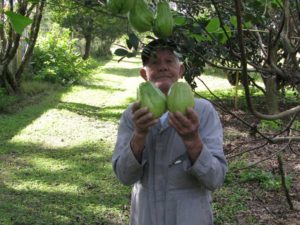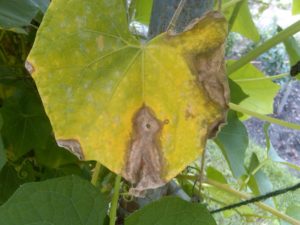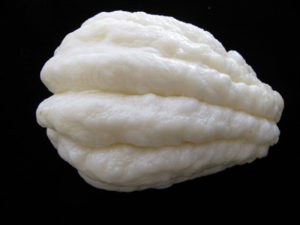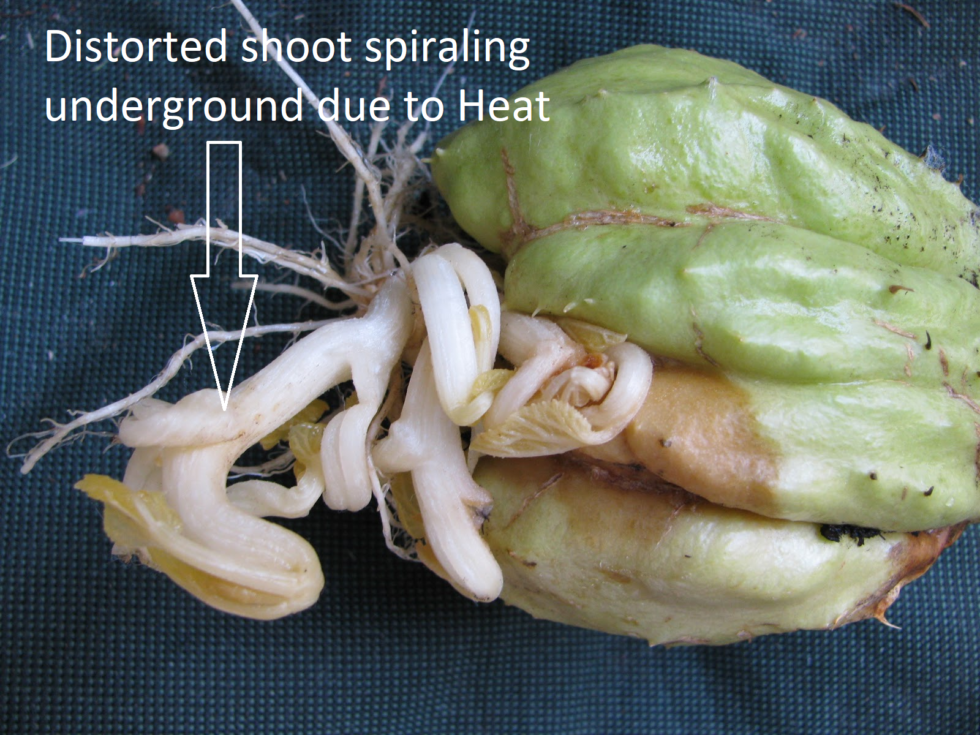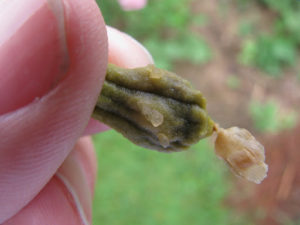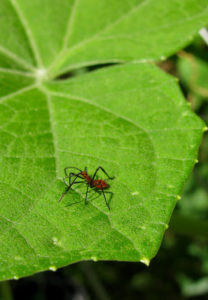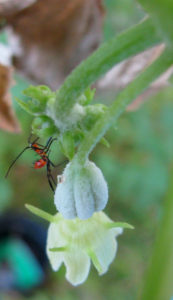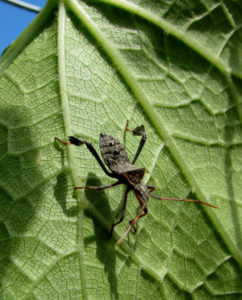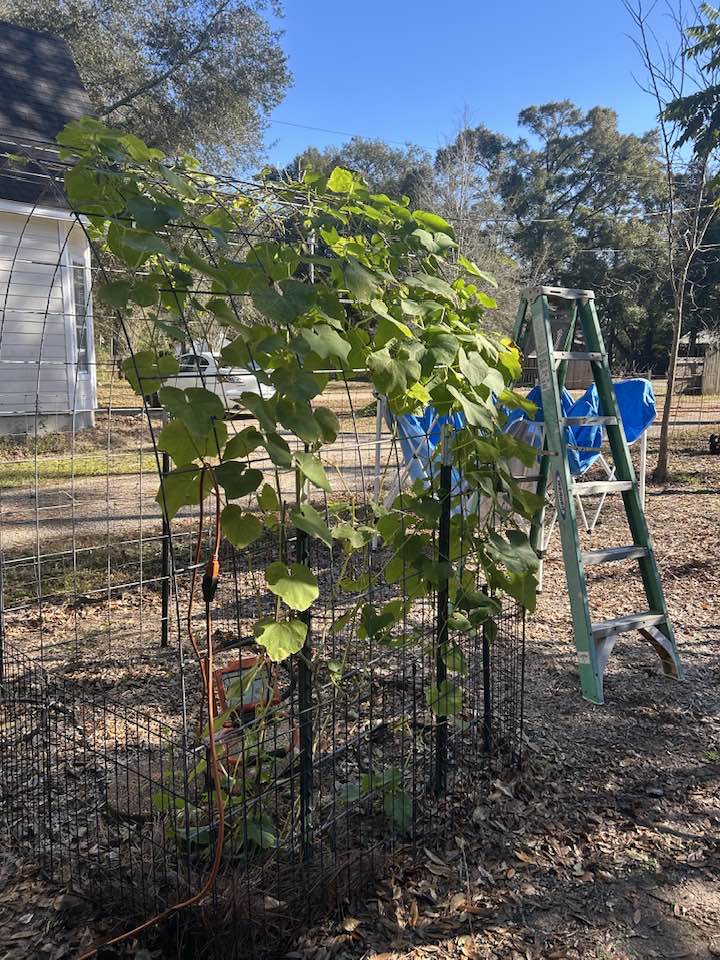Jeanette Bell is doing some remarkable work on bringing fresh food to inner-city neighborhoods in New Orleans. I first learned about her work from this short video about her mirliton vine in her Fleur d’Eden on Baronne street in New Orleans. It turns out that she received her mother plant from Pam Broom last year (see below), which means that it was the “Joseph Boudreaux” Louisiana heirloom variety that we provided to Pam two years ago. Jeannette distributed 70 plants from her mother plant last year, so the Boudreaux variety in expanding exponentially in New Orleans! Jeannette also runs the Garden On Mars project that instructs people how to convert abandoned lots into urban gardens. Here is a recent article on Jeanette’s work.

Jeannette Bell
